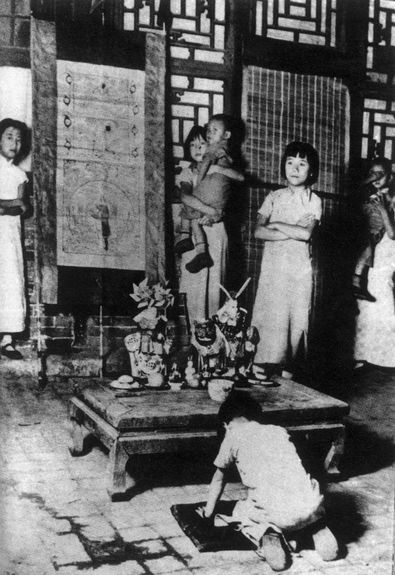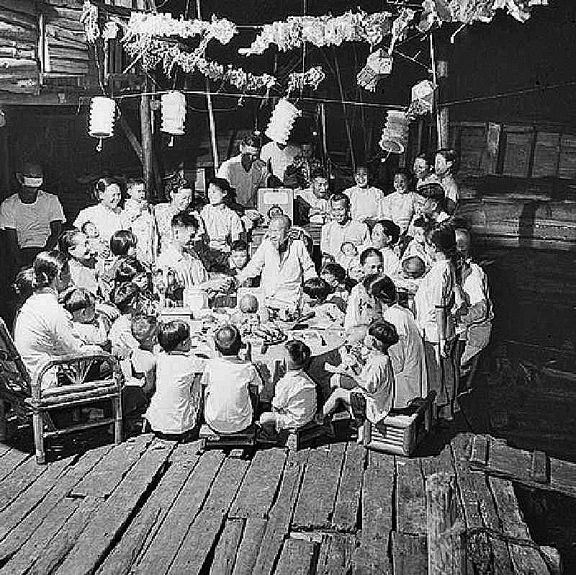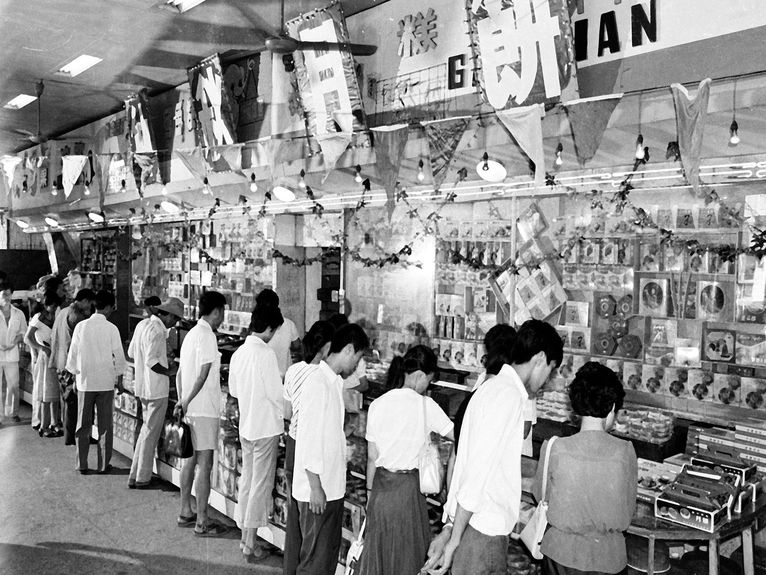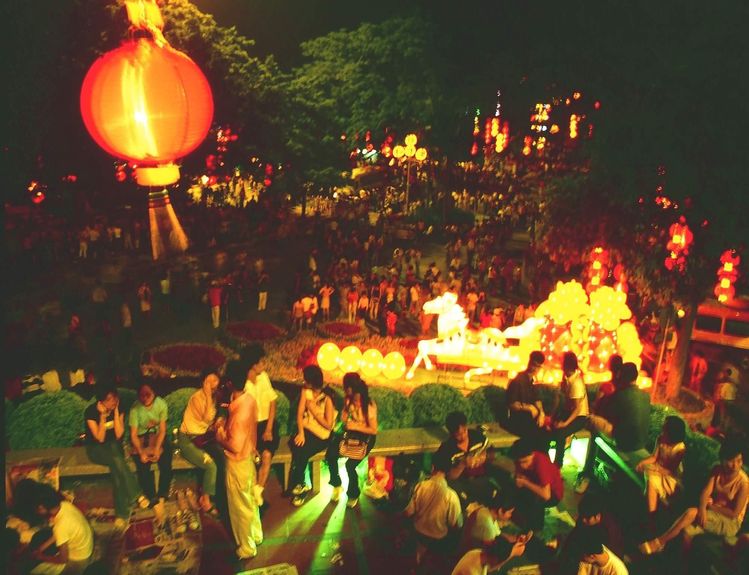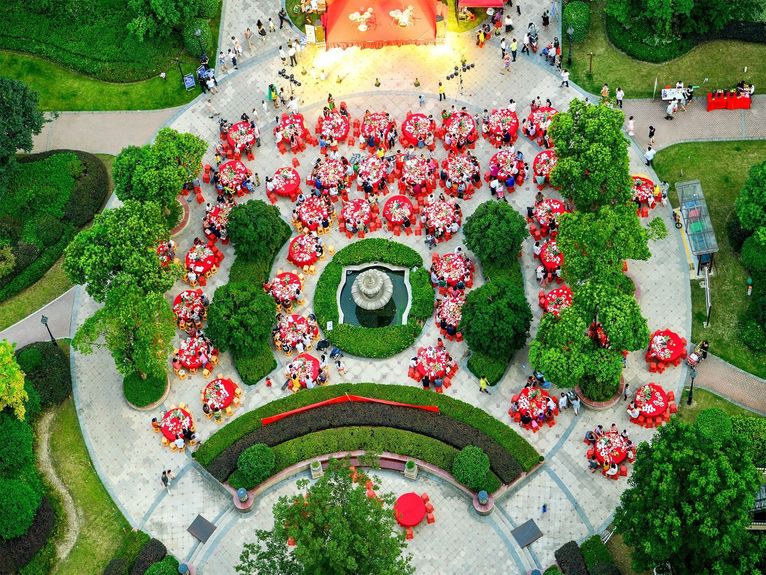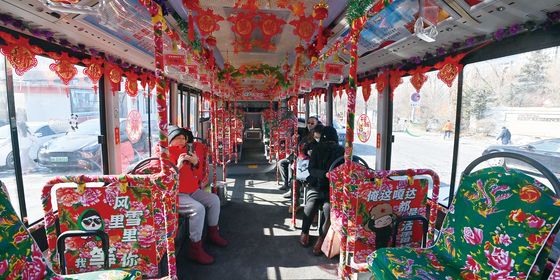Mid-Autumn Festival was only made an official holiday in 2008, but people have celebrated it for centuries
Though it’s one of the oldest traditional celebrations in China, Mid-Autumn Festival, or Zhongqiu Jie (中秋节), didn’t become an official holiday until 2008. That year, in an effort to promote traditional culture, the country’s State Council made the festival a paid holiday for workers, along with Qingming Festival and Duanwu Festival.
As early as the Zhou dynasty (1046 – 256 BCE), the Mid-Autumn Festival was observed by kings with worshipping rituals. They would pray to the moon for a good harvest. Over time, ordinary people began to celebrate the day, too. Appreciating the full moon in the clear autumn sky became a popular activity.
Around the Tang dynasty (618 - 960), the moon became associated with several legends, such as the lonely goddess Chang’e, a jade rabbit who pounds medicine in a mortar to make an elixir for the jade emperor, as well as the Sisyphus-like lumberjack Wu Gang, forever chopping a self-healing osmanthus tree on the moon.
The celebrations became a city-wide activity in the Song dynasty (960 – 1279). In the capital, Mid-Autumn Festival was a night of feasting, drinking, and visiting night markets till dawn, according to Meng Yuanlao’s (孟元老) memoir, The Eastern Capital: A Dream of Splendor (《东京梦华录》). Mooncakes also appeared around this time, but it wasn’t until later that they became a Mid-Autumn Festival treat.
The modern notion and rituals of the festival formed in the Ming (1368 – 1644) and Qing (1616 – 1911) dynasties. People offered sacrifices such as fruits, melon, and incense to the moon to pray for the happiness of their family, and gifted mooncakes to one another to express wishes for family unity and health—these customs remain in many parts of China today.
Long before Mid-Autumn Festival was declared an official public holiday, activities of celebration took place across the country. Discover photos of Mid-Autumn Festivals past, below:







